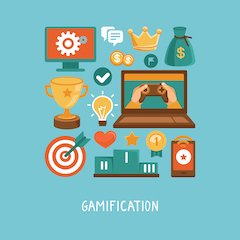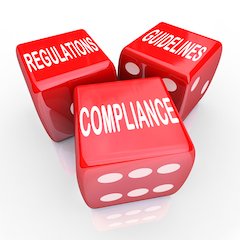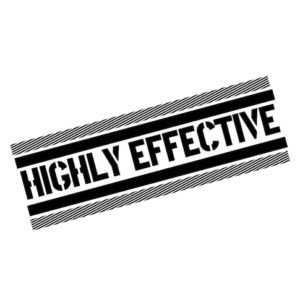“Gamification” has become a real buzzword over the last few years: News articles and statistics about applying game mechanics to incentivize behavior are published almost every day, and we’re seeing huge numbers of enterprise companies integrate gamification into their processes. Technology researchcompany Gartner has even predicted that by the end of 2014, over 70% of the Global 2000 will have at least one gamified application in place.
However, another statistic from Gartner shows that 80% of those same gamification implementations will fail to meet their business objectives.
I’ve heard many companies talk about using gamification solutions because they look fun. This is the wrong reason to use gamification, which is defined as “the concept of applying game mechanics and game design techniques to engage and motivate people to achieve their goals.” Gamification in the enterprise is not about fun or even engagement—it’s about driving business results through changes in employee behavior.
Gartner says that the reason most gamification implementations will fail is because of poor design. In my experience, poor gamification design is a direct result of not identifying (and being able to measure against) key business problems a company is looking to solve. Let me share an example using something every company cares about: sales.
A few years ago I was managing a team of sales people. Like most sales managers, I was always looking for ways to motivate my reps to close more business. So, again, like most sales managers, I would constantly run sales contests and offer bonuses to my reps. However, I started to notice a few problems:
1) The same reps won every time. I had a few top performers that would always take home the prizes. More importantly, these were not the reps I wanted to motivate. Ideally I wanted to incentivize everyone else; not the reps that would perform anyway.
2) Reps stopped caring once they fell behind. The day I would roll out a new contest, everyone would get excited about it. But inevitably, reps would fall out of contention, at which point they would disengage and stop caring about the contest.
One could argue that if you were going to implement gamification for a sales team, you should address these problems. How do you find a way to motivate everyone, not just your traditional top performers? How do you keep reps engaged even if they’ve fallen behind?
There are a number of sales gamification solutions on the market today. The large majority are essentially leaderboards which allow reps to earn points and individually compete against each other. But what most of them have done is simply create a more fun and dynamic way to showcase the same results that sales managers have put into reports and spreadsheets for a decade.
If you post an online leaderboard of sales results, won’t the same top performers keep winning? Won’t the other reps become disengaged and unmotivated if they fall too far behind? This is an example of implementing poorly designed gamification for the wrong reasons and exactly why we created Fantasy Sales Team.

Let me be clear: Gamification can have tremendous impact in an enterprise environment. I’ve seen that firsthand on dozens of occasions. But you shouldn’t implement gamification for gamification’s sake.First, you should identify exactly what business problem you’re looking to solve. Then you need to ensure whatever gamification solution you’re evaluating will have a direct and measurable impact against that problem.
Don’t fall into the trap of implementing solutions simply because they look fun or engaging. Remember that you’re making an investment of time, employee attention, and budget. For all of those items there’s an opportunity cost. You need to be able to measure a return on a gamification investment just like any other. So think twice and make sure you’re doing it for the right reasons.
Adam Hollander is president & CEO of Fantasy Sales Team. He’s considered an expert in the areas of B2B sales, marketing and gamification. Prior to launching FantasySalesTeam, Adam held a variety of strategic positions at both small and large public companies, including Aberdeen Group and Harte-Hanks. He also holds a degree in Business Management from Babson College.












